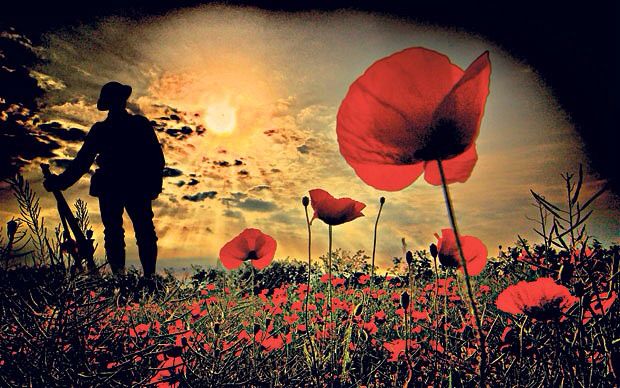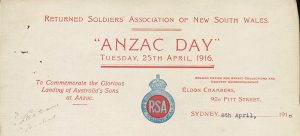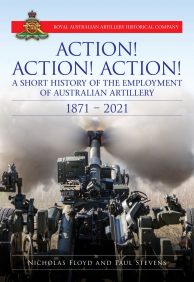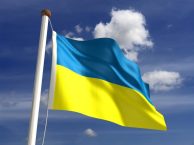
The first Anzac Day – 25 April 1916
April 25 was officially named ‘Anzac Day’ by Acting Prime Minister, Alexander Pearce in 1916.
The day was to be a commemoration of the Gallipoli landing and to honour those who had served in that campaign.
Each state planned a wide variety of ceremonies to mark the occasion which included church memorial services, public ceremonies, marches and dinners for returned soldiers. A public holiday was not declared, however New South Wales Premier William Holman requested ‘every man, woman and child [to] stand still” and for trains, trams and other vehicles to stop for one minute from noon on the day’.
 RSA letterhead 8/4/1916. Anzac Day as a country-wide event appears to have been proposed by the Queensland State Government to Holman in NSW and other premiers and although 25 April 1916 fell on a Tuesday, the state governments decided it was inappropriate to declare it a public holiday. In fact, Victoria at first thought it premature to arrange a ‘special day’ in recognition of the Australian soldiers, in the perceived probability that the Australian Imperial Force would further “distinguish themselves” during the course of the war.
RSA letterhead 8/4/1916. Anzac Day as a country-wide event appears to have been proposed by the Queensland State Government to Holman in NSW and other premiers and although 25 April 1916 fell on a Tuesday, the state governments decided it was inappropriate to declare it a public holiday. In fact, Victoria at first thought it premature to arrange a ‘special day’ in recognition of the Australian soldiers, in the perceived probability that the Australian Imperial Force would further “distinguish themselves” during the course of the war.
Tasmania initially felt it was inappropriate to appear to celebrate a campaign they believed ‘must for all time be regarded as a failure’ for the blameless Australian forces. In the end, individual states decided how and to what extent their commemorations were to be held. While NSW wanted to ‘commemorate the glorious landing of Australia’s sons at Anzac’ it also saw an opportunity to encourage recruitment and fundraising. The Returned Services Association (of which Premier Holman was president) also sought to use the commemoration to raise funds through the Anzac Day Fund, to build an Anzac Memorial Hall adorned with the names of the fallen, despite a promise made by the Premier not to allow collections on the day.
At the time it was believed that church services should be central to the day’s events. Premier Holman personally requested State- wide memorial services to recognise: ‘the glorious part played by Australian soldiers in their baptism of fire, the remembrance of the many graves in enemy territory and the presence amongst us of the sick and wounded heroes of the fight’.
On the first Anzac Day in Sydney, in 1916, 4,000 returned servicemen (essentially the number of members of the Returned Soldiers’ Association of New South Wales) marched or were driven in cars through the streets following the route: St Mary’s Cathedral Gates, Macquarie Street, Bridge Street, George Street, Liverpool Street, Elizabeth Street, St James Road, back to St Mary’s Cathedral Gates and then to the Domain where 50,000-60,000 people had gathered, despite an earlier shower.
As the crowd watched the Gallipoli veterans enter the Outer Domain, the gentle singing en masse of ‘Abide with Me’ followed by other stirring tunes, was remembered years later by then Chief Secretary, George Black as one of the most emotional moments of his life.
Prayers and scripture were delivered by Reverends William Parson and R Scott-West before Archbishop John Charles Wright delivered the principal address to the soldiers. The service was concluded with the playing of The Last Post and the National Anthem – God Save the King’.
The soldiers then marched to Town Hall for a luncheon and entertainment, where ‘not one vacant seat’ was to be found on the tables which covered the entire floor of the main hall.
The event was presided over by the Lord Mayor of Sydney and Premier Holman who closed the luncheon by asking the men ‘to drink the toast not only to the memory of the fallen, but to those who were determined to see victory crown their effort’. In keeping with this last point, the afternoon was dedicated to nine recruitment rallies across the city, before the Town Hall was host once more to an evening concert for the Gallipoli veterans.
This first commemoration in 1916 started a tradition that would become increasingly important and popular in the coming years to the people of NSW and Australia.




